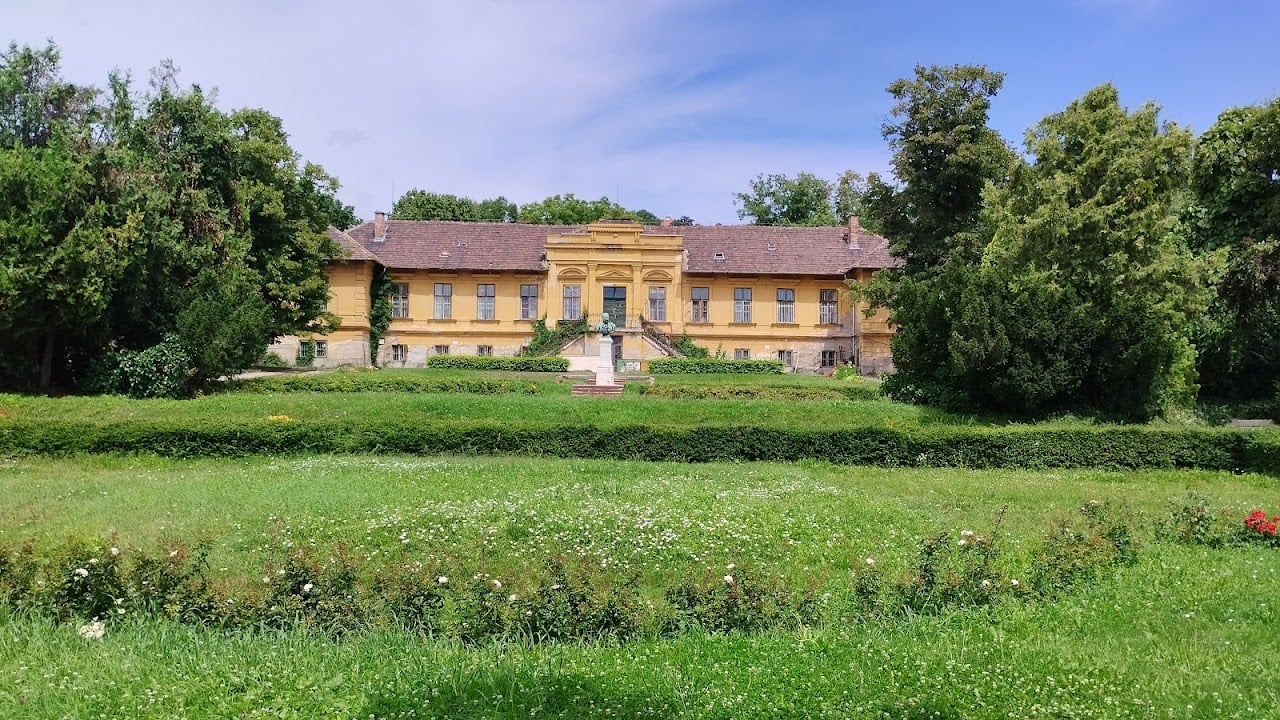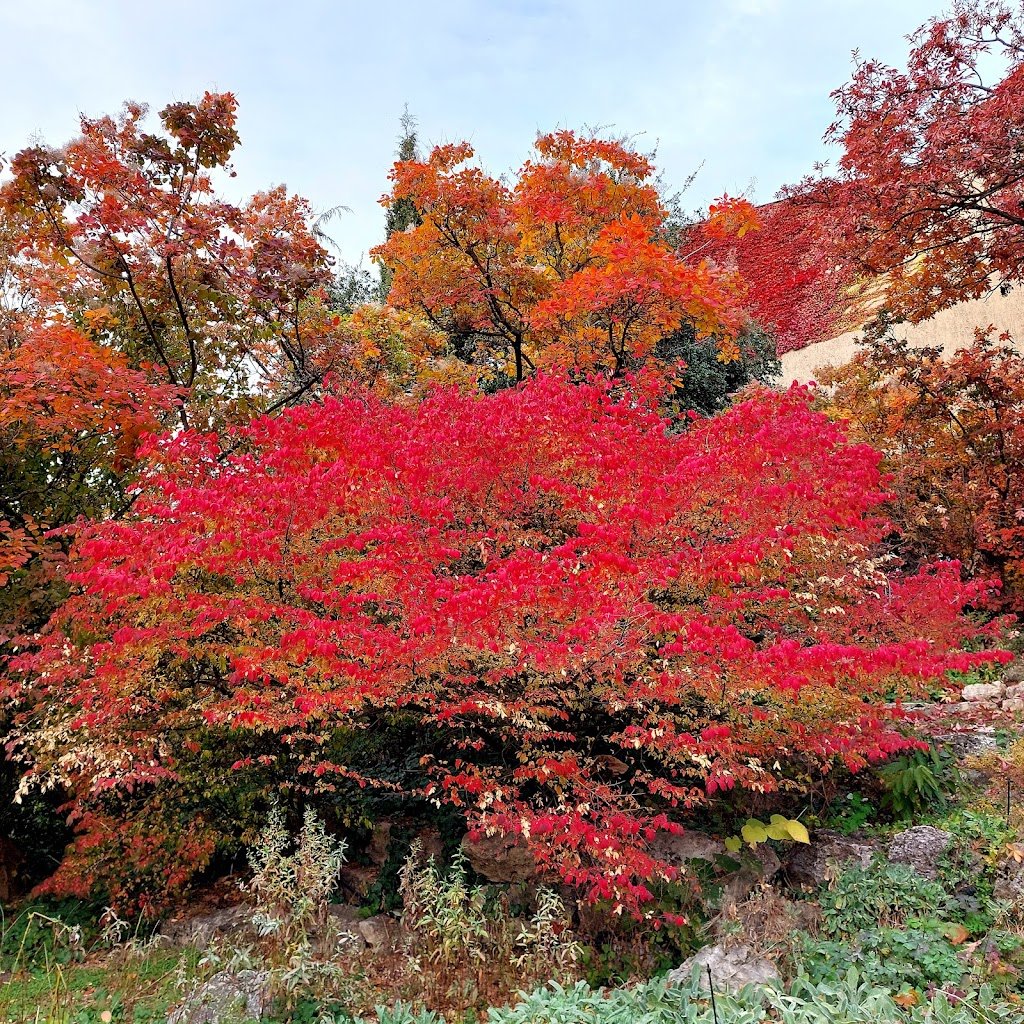Buda Arboretum



Ask ThatchGPT
Suggest a local expert to plan my trip
Suggest an unique itinerary for my Budapest trip
What foods do Budapest locals eat
What are some true hidden gems in Budapest
Help me brainstorm trip ideas for Budapest
Help me plan a family-friendly trip to Budapest
What people say
Pedro Pereira
Available for hire
"At the foot of Gellért Hill, a green sanctuary thrives amidst the lively pace of Budapest. This arboretum, established in 1835, spans 7.5 hectares and boasts nearly 2000 trees and shrubs, along with 240 bulbous flowers and 300 perennials, presenting a vivid display in every season. Its origins are rooted in the foundation of Hungary's first horticultural education garden by Ferenc Entz, a viticulturist, horticulturist, and former chief military physician during the 1848 Independence War. A bust of Entz stands in the Lower Garden as a tribute to his contributions.
Initially designed to support the Training Institute of Wine Making and Horticulture, the arboretum began with planting around its two main buildings in 1893 and 1894 under the supervision of Károly Räde, a chief horticulturist and dendrologist. The Upper Garden featured a taxonomic arrangement for educational purposes, while the Lower Garden, developed later in the 1920s, embraced a park-like design with themed plant communities. This expansion, led by landscape architect Dr. Béla Rerrich and dendrologist Gyula Magyar, brought the collection to over 1300 species, with notable additions like the rock garden, bamboo groves, and shade-loving plants.
Challenges such as the two world wars caused significant damage, reducing the number of species to around 800. However, post-war rehabilitation under Prof. Imre Ormos revitalized the collection. The arboretum achieved nature reserve status in 1975 and was later declared a protected heritage site in 2005. Today, visitors can explore its diverse flora year-round, from blooming flowers in spring to the vibrant autumn foliage, accompanied by the songs of native birds.
Serving as a campus for Szent István University since 2018, the arboretum provides education in horticulture, landscape design, and viticulture. Seasonal ornamental plant fairs and exhibitions further enhance its role as a hub of botanical and cultural significance. Open throughout the year, it offers free entry, inviting everyone to immerse themselves in its natural beauty and history."
Read more in:
Mentioned in these guides
About Buda Arboretum
Get the inside scoop on Buda Arboretum from local experts, travel creators, and tastemakers. Browse genuine trip notes, Buda Arboretum reviews, photos, travel guides, and itineraries from real travelers and plan your trip with confidence.
Phone
Save this spot for later or start mapping out a new trip today
Try our AI Travel Assistant and get instant answers to any questions about your trip.
Ask ThatchGPT
